5306007538301
Price Quote Get an up to date pricing and availability quote for this product. Order online or over the phone.
Quality Commitment
Serving our customers with quality and safety first.
- AS9120 Certified
- Audited supply chain
- ITAR Registered
- DDTC Registered
- HAZMAT Certified
- Customer service objectives
- Every product 100% inspected

5306-00-753-8301 Specification Set by the OEM (see RNCC code 3)
24 counterbore
3a
RIGHT-Hand
0.531in. ⁓17/32"
1.406in. ⁓1-13/32"
hexagon
0.625in. ⁓5/8"
0.500in.
0.371in. and 0.375in.
0.750in.
0.120in. and 0.130in.
0.219in. counterbore
0.312in. ⁓5/16"
uns counterbore
RIGHT-Hand counterbore
18
0.437in. counterbore ⁓7/16"
err default
concentric hole counterbored to 0.253 in min 0.257 in max dia by 3/16 in deep on head end
steel
1280-mo gm fscm 24617 mfr ref single material response
zinc
4252-m, cl a fscm 24617 mfr ref single treatment response
counterbore threaded
unc
Cross Reference Parts Part numbers that meet the specification outlined on this page and set by the OEM
Identification Item Identification Guide (IIG) and Item Name Code (INC)

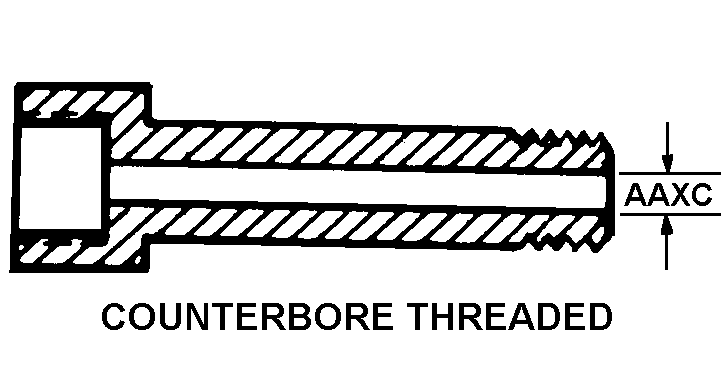
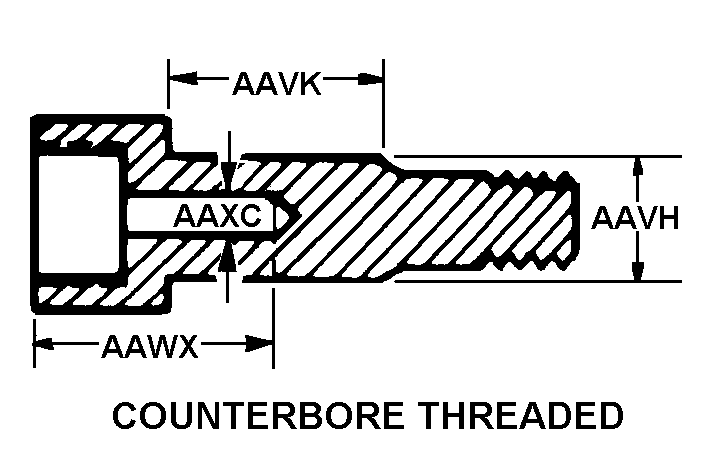
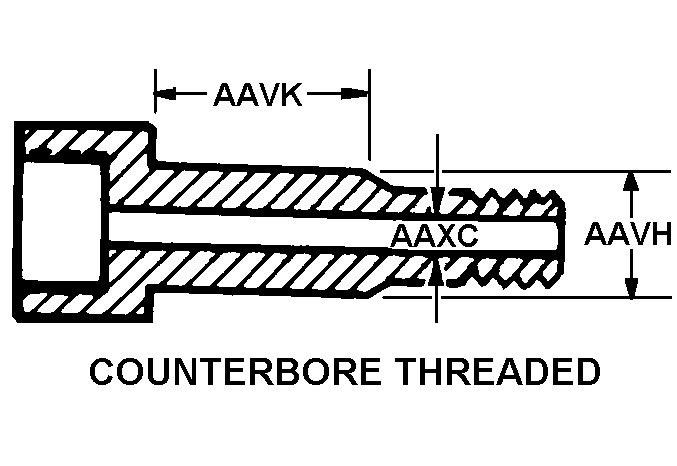
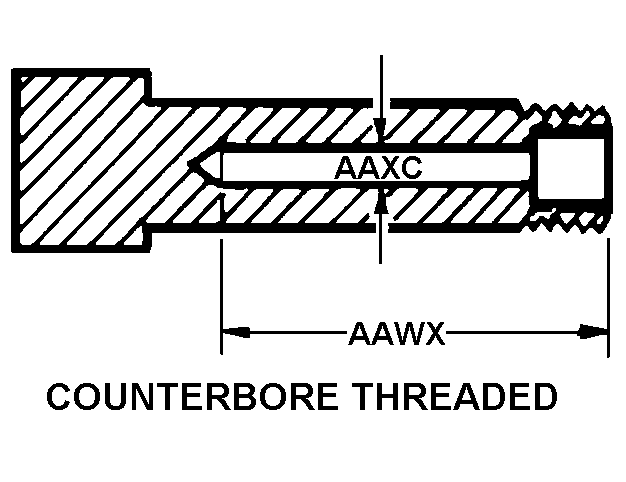
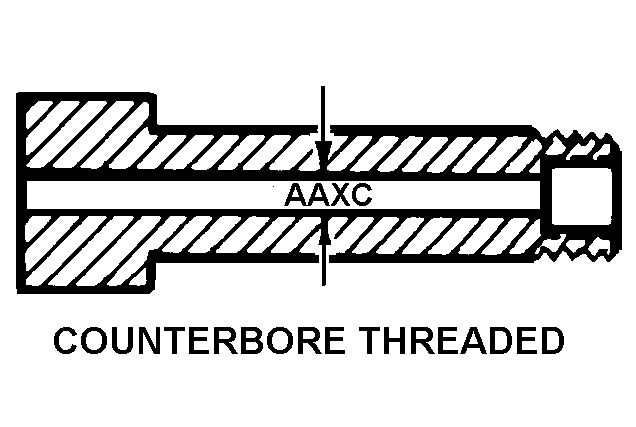
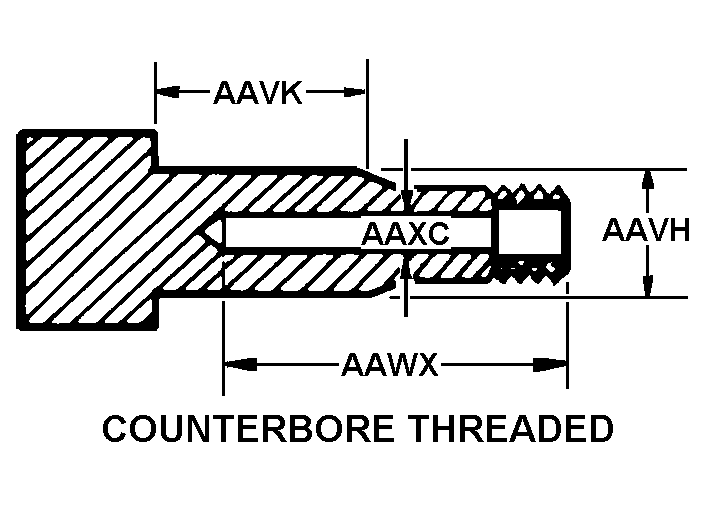

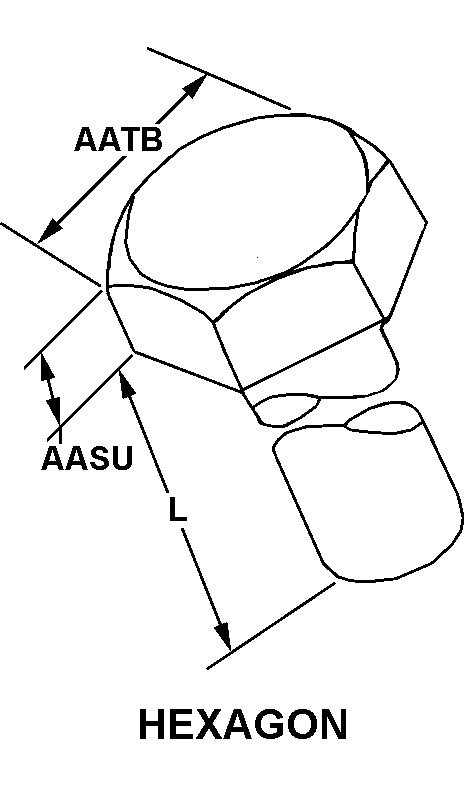
Definition Definition of approved item name (AIN): "BOLT,INTERNALLY RELIEVED BODY"
An externally threaded fastener whose external threaded portion is of one nominal diameter. It has a concentric hole along the longitudinal centerline which may extend a part or the full length of the bolt. The concentric hole along the centerline may be counterbored and/or internally threaded at the head end or the bolt end. The head is designed to be held or driven by an external and/or internal driver. For items having a hole(s) perpendicular to the axis which meet the concentric hole along the longitudinal centerline, see bolt, fluid passage.
5306-00-753-8301 Material Hazmat, Precious Metals, Criticality, Enviroment, and ESD
Indicates there is no data in the hmirs and the nsn is in a fsc not generally suspected of containing hazardous materials.
Precious metal content is unknown
The item does not have a nuclear hardened feature or any other critical feature such as tolerance, fit restriction or application.
Identification Codes
HMIC: Hazardous Material Indicator Code. A one position code that identifies a hazardous item.
PMIC: Precious Metal Indicator Code. A one position code which identifies items that have precious metals as part of their content. precious metals are those metals generally considered to be uncommon, highly valuable, and relatively superior in certain properties such as resistance to corrosion and electrical conductivity.
ESD: Electrostatic Discharge. Indicates if an item is susceptible to electrostatic discharge or electromagnetic interference damage. electrostatic discharge damage occurs when an accumulation of static electricity generated by the relative motion or separation of materials is released to another item by direct contact. electromagnetic interference damage occurs when an item comes into proximity with an electrostatic or magnetic field.
ENAC: Enviromental Attribute Code. Identifies items with environmentally preferred characteristics.
CRITL: Criticality Indicator Code. Indicates an item is technically critical by tolerance, fit, application, nuclear hardness properties, or other characteristics.






